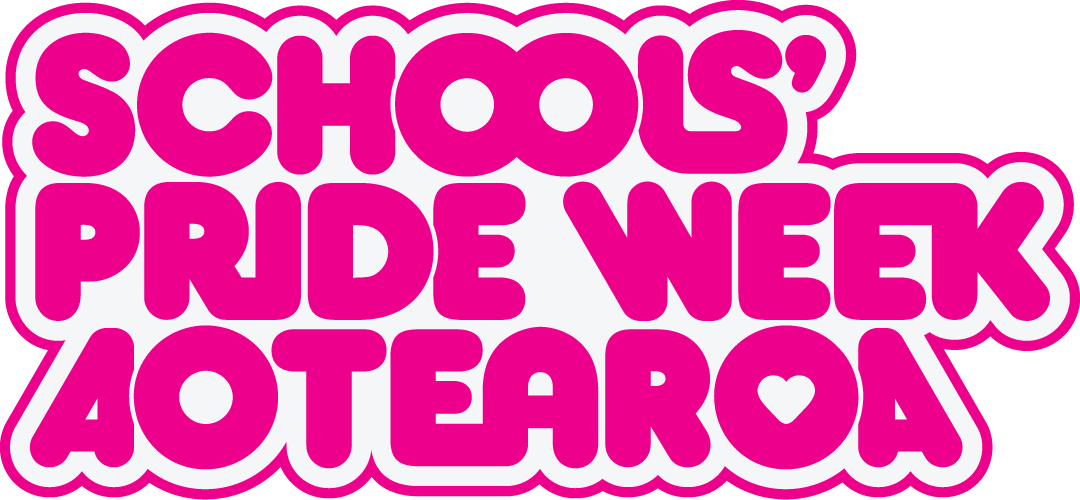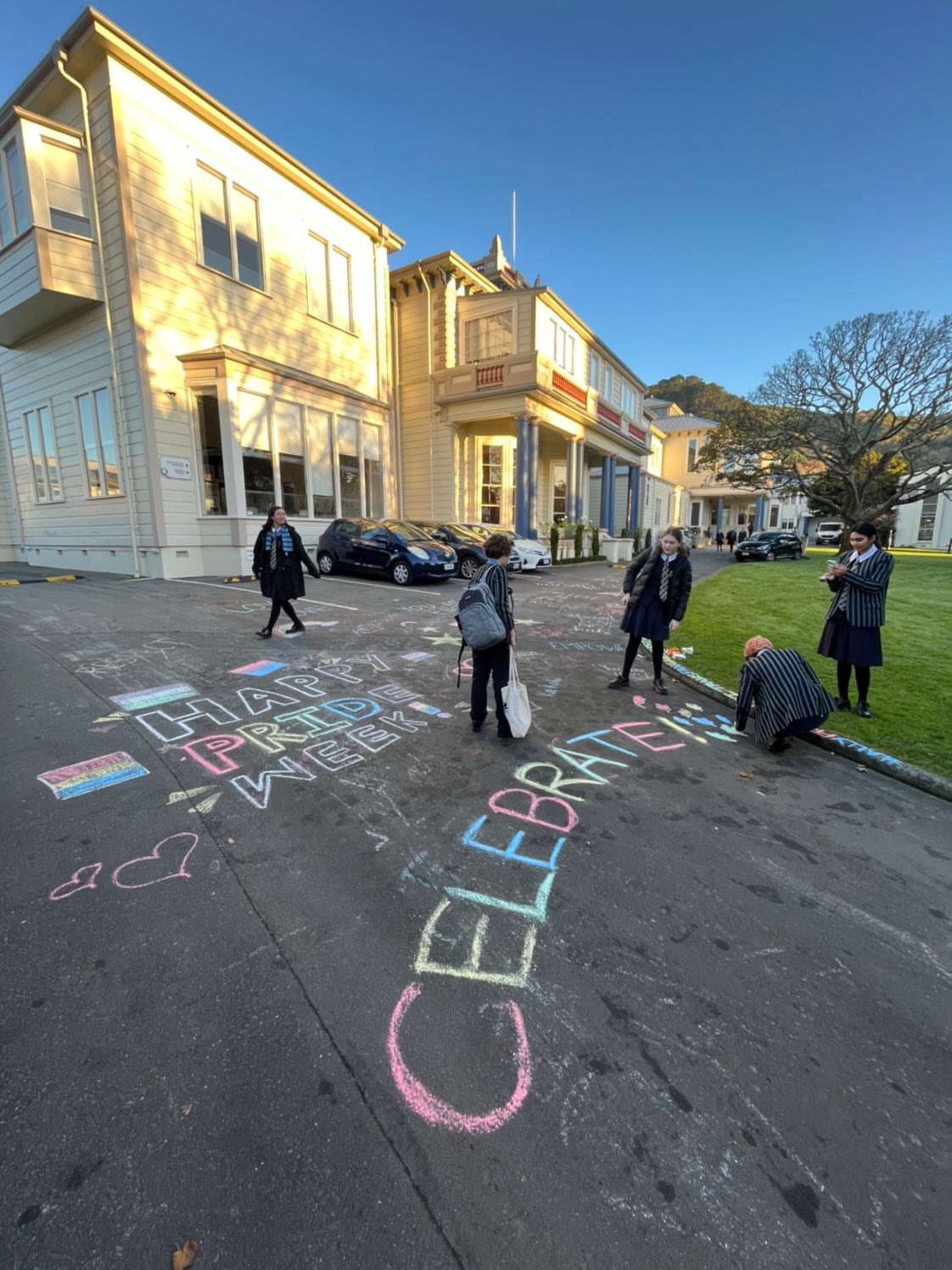
Mythbusting and Debunking
Combatting lies and disinformation about rainbow communities
Anti-rainbow rhetoric and disinformation
In today’s reactionary political climate, we are seeing a rise in disinformation and hateful rhetoric targeting rainbow communities. This rise has been documented extensively in local and international research, including by the Aotearoa-based Disinformation Project in its landmark 2023 report on transphobia within New Zealand’s disinformation ecologies.
This current wave of disinformation traffics in recycled homophobic tropes that have historically been deployed in moral panics about rainbow people. These lies are deliberately designed to erode support for rainbow people’s rights and to push rainbow people out of public spaces such as schools.
Schools’ Pride Week Aotearoa itself has been subjected to numerous disinformation and defamation campaigns in recent years. These campaigns have been led by well-known anti-rainbow hate groups and ultraconservative Christian organisations.
We are currently working hard on expanding this mythbusting resource. It is designed to help you identify and push back against common lies and pieces of misinformation about rainbow communities, InsideOUT, and Schools’ Pride Week.
Lie #1 – “InsideOUT is grooming kids”
This is patently false and defamatory.
Accusing rainbow people of “grooming” or “recruiting” children is a well-worn homophobic smear tactic. There is a long history of anti-rainbow groups and politicians weaponising this language to whip up moral panic in relation to LGBTQ political, legal and social gains.
This fearmongering tactic was used in the 1970’s to try and stop rainbow people from becoming teachers. It was later redeployed by conservatives in the 2000’s during the fight for marriage equality. We are now witnessing a resurgence of this defamatory language in an attempt to roll back the increasing social acceptance and legal protection of transgender people.
The current rise in anti-rainbow rhetoric loaded with references to child sexual abuse has coincided with legislative attacks on transgender and LGBTQ rights and inclusion in classrooms, medical treatment, sports and bathrooms.
Acknowledging and celebrating the existence of rainbow young people, whānau and communities is not “grooming.” Teaching rangatahi about the importance of diversity, inclusion and equality is not “grooming.” Actual grooming occurs when adults take advantage of a child’s vulnerability to manipulate and coerce the child into sexual abuse.
Terms like “grooming” are disingenously used to smear the motives of rainbow people and our supporters. The misuse of this term not only increases the risk of violence against our community, but also has the tragic consequence of warping and diluting its original meaning. This damages the ability of young people, whānau and schools to identify and respond to actual instances of grooming in their communities.
All InsideOUT Kōaro staff are subject to police vetting as part of our child protection policy. This document outlines our policies and obligations in relation to the Children’s Act 2014.
It is our organisation’s commitment to protect children and rangatahi from all forms of abuse. We recognise the responsibilities all our staff have to ensure the safety and wellbeing of all young people who engage with our organisation.
Isn’t this sexualising kids?
No.
Young people start learning about their bodies, relationships and gender roles from a very early age.
As soon as children in NZ start school, Relationships and Sexuality Education or RSE is part of the curriculum. These are not conversations initiated by Schools’ Pride Week.
Schools’ Pride Week is just a celebration and continuation of this learning. There is nothing sexual about learning about different family structures, relationships, body variations and gender expression.
Isn’t being trans just a trend?
No.
Trans people and gender diversity has always existed, across all cultures.
The reason we are seeing more people identify as transgender or another diverse gender is not because it is “trendy” but because we are seeing a societal rise in acceptance of these identities, more resources, and more legal protections in Aotearoa that enable rainbow people to be themselves safely. Trans people still experience disproportionately high rates of violence even with that increase in safety.
More research is being carried out, which provides more detailed and accurate statistics than ever before. In fact the last NZ Census (2023) was the first ever to include questions on sexuality and gender.
For young people, gender affirmation is often about simply presenting as their gender. This can mean a change in clothing choices, haircuts and/or new pronouns. In fact most of these things are ways in which most children and teenagers (and adults!) experiment, to find out what they like and how they like to be perceived by others.
Social gender affirmation should not be confused with medical affirmation or transition. While there are ways in which gender can be affirmed medically (such as puberty blockers, hormone replacement therapy etc) this is provided by primary health care teams or an endocrinologist. The process is a lengthy one and if under the age of 16, requires parental consent/involvement. It is not something that can be accessed at school or through InsideOUT.
One out of every 100 Youth19 participants identified as transgender or non-binary (1.0%).
A further 0.6% reported that they were not sure of their gender.
Three quarters (73%) of transgender and gender-diverse Youth19 participants said they had started to identify as transgender or gender diverse before the age of 14.
Are you giving puberty blockers and hormones to kids at school during SPWA??
No.
The process of starting hormonal therapy includes assessing readiness, from a medical and psychosocial perspective, to begin. In Aotearoa this is generally done by primary health care teams or an endocrinologist.
The process is a lengthy one and if under the age of 16 accessing puberty blockers requires parental consent/involvement. It is not something that can be accessed at school or through involvement with InsideOUT.
Are students really identifying as cats and using litter trays at school?
No.
Classrooms and bathrooms have both been targets of scaremongering about the rainbow community. In particular, these lies are intended to target trans students and create fear of them.
This is a prime example of a false story being used to push fear and disinformation and has no basis in fact.




